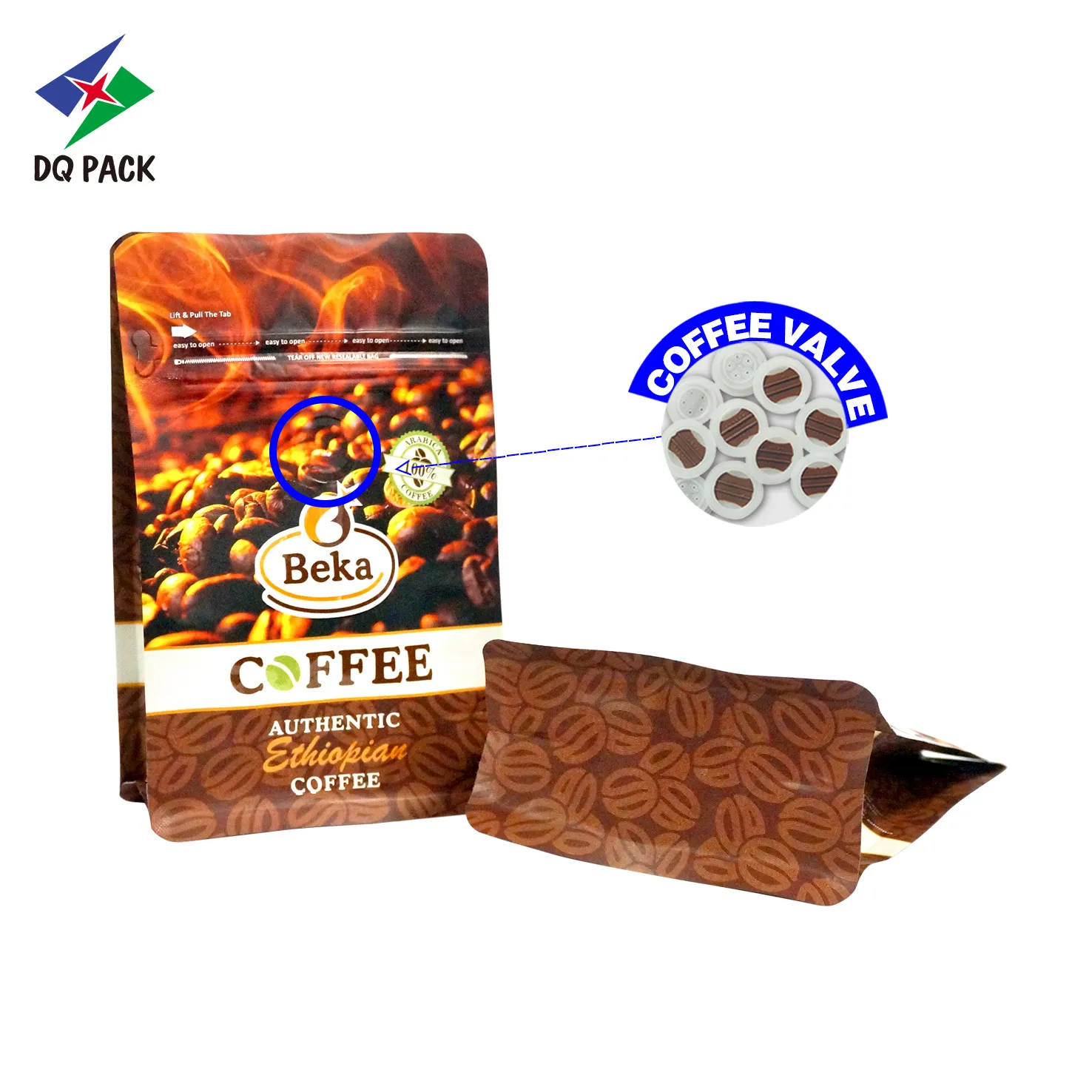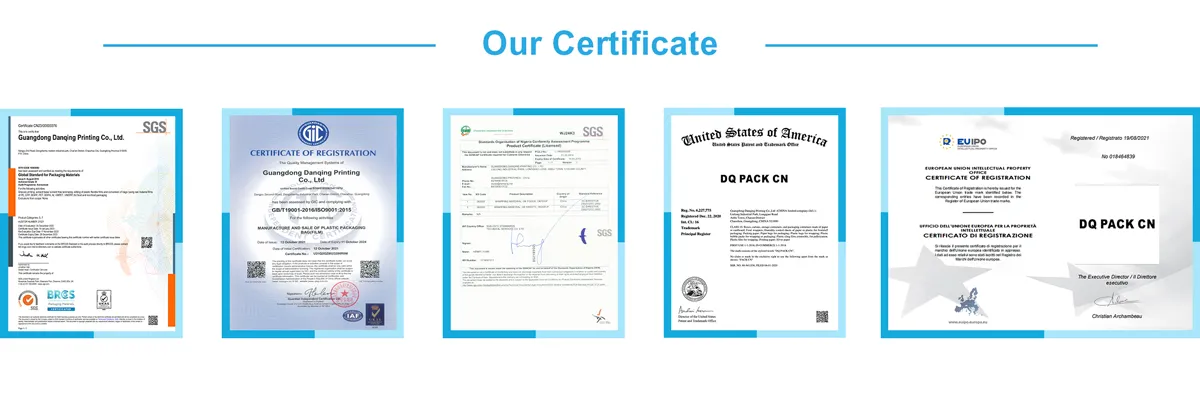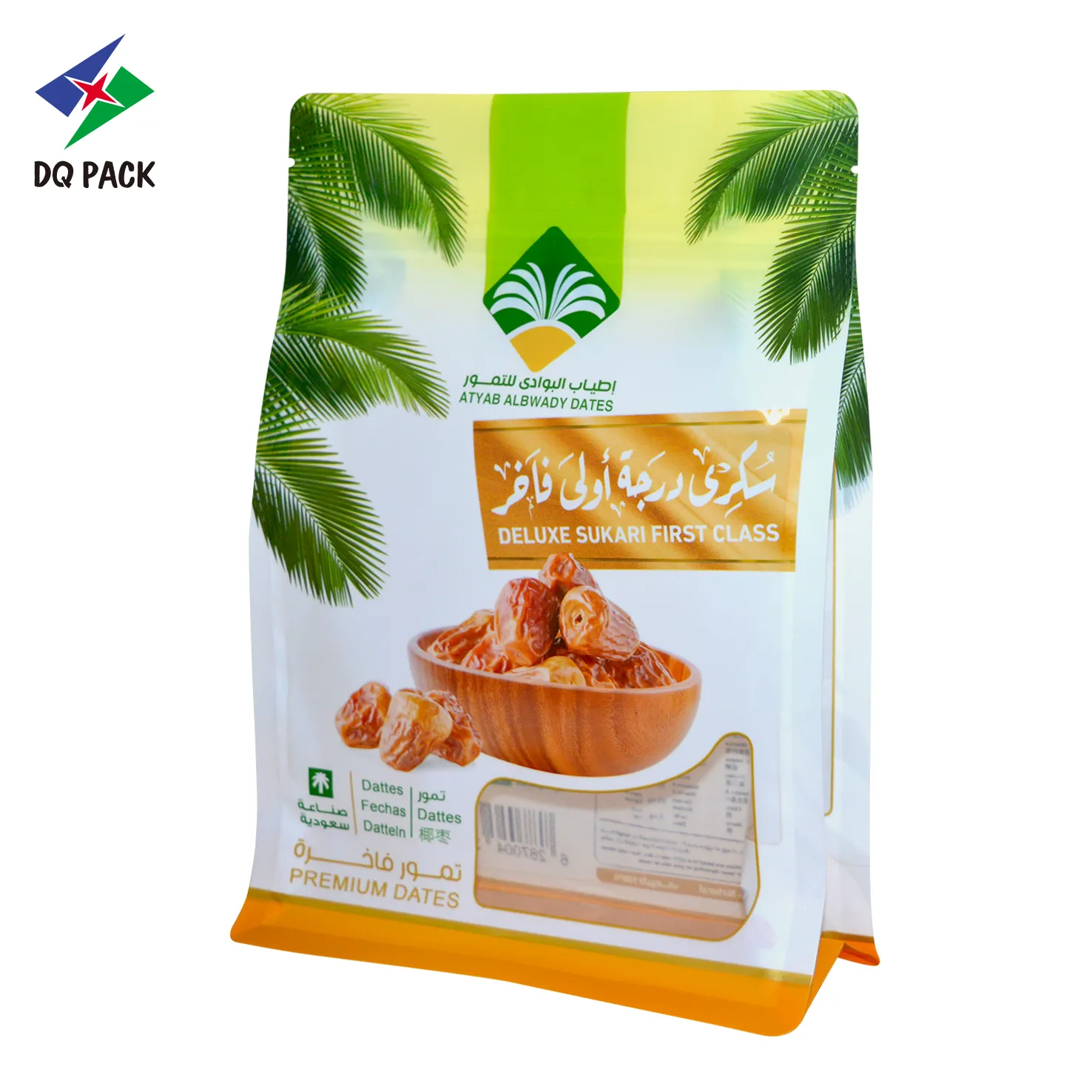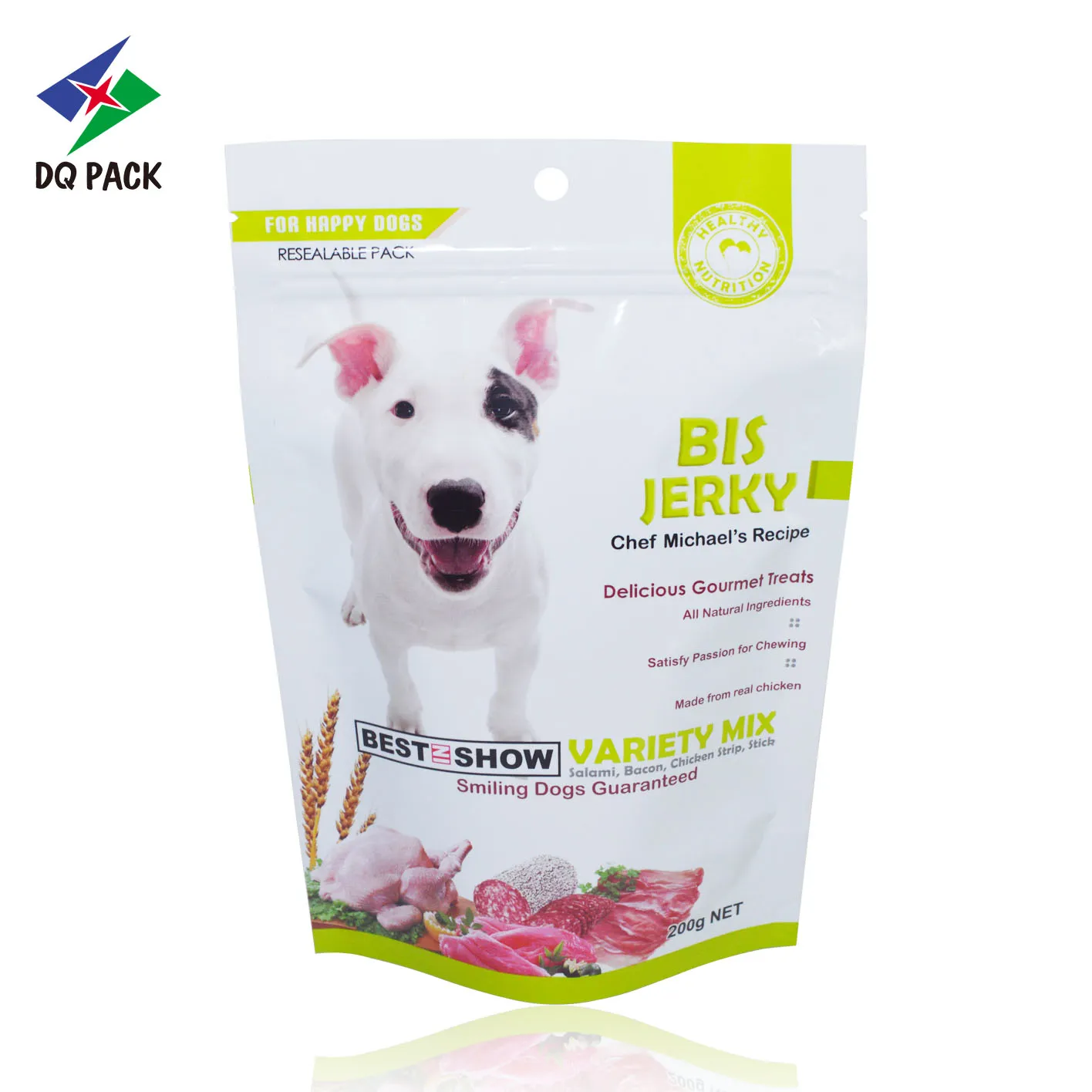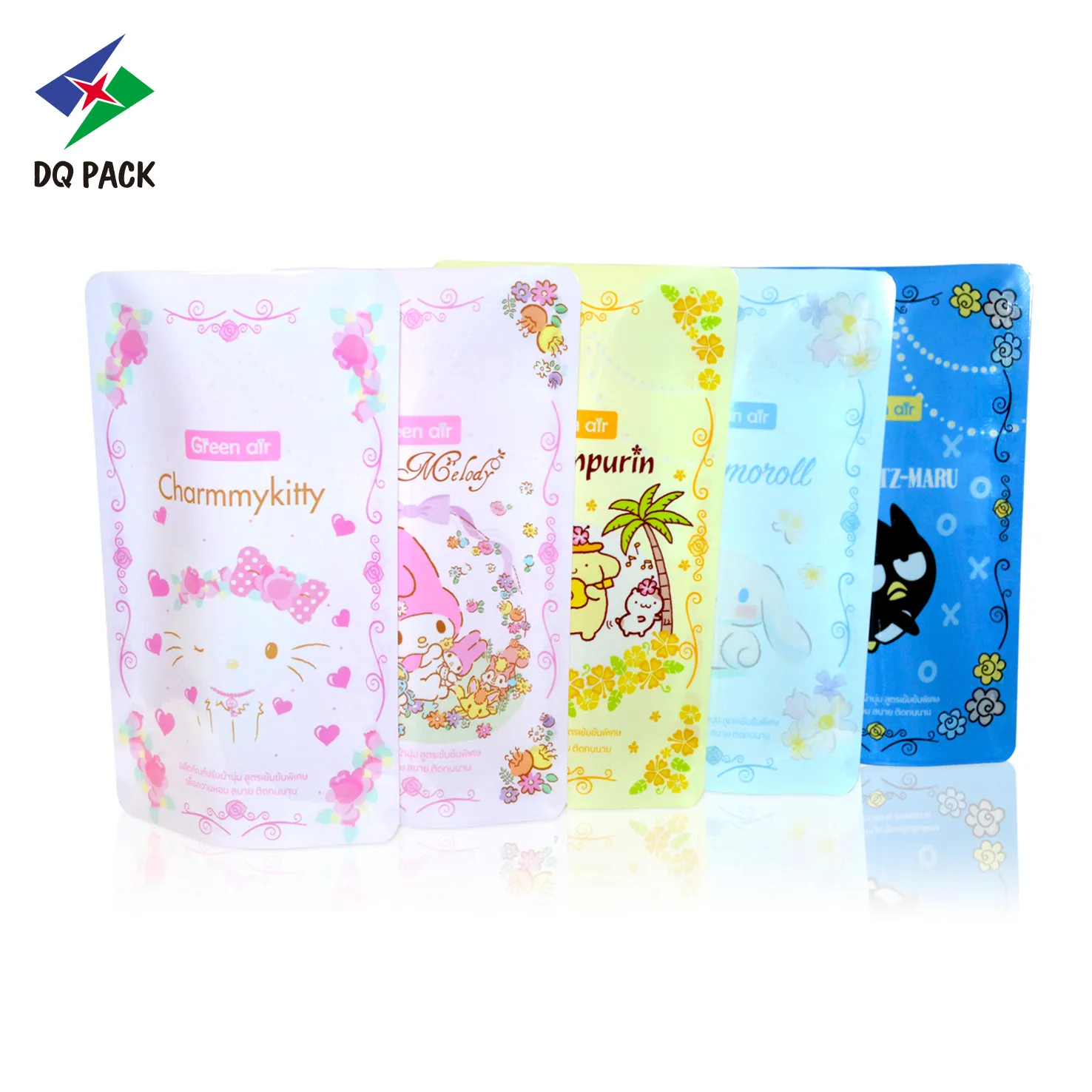When coffee beans are roasted, they release not only gases but also an inescapable life force. Carbon dioxide—this invisible gas—permeates the bag. Without a proper seal, these gases gradually escape, taking with them flavor, that pristine beauty, and even our sense of control over time. External air, humidity, light, and oxygen—these uninvited guests—also quietly erode the coffee’s soul. Ultimately, we’re left with only an empty bag, a burden of vanished flavor, and lost expectations.
DQ PACK, as a professional manufacturer with over 30 years of industry experience, we are committed to creating high-quality, wholesale customizable self-supporting coffee bags and providing comprehensive OEM and ODM support. The correct filling method can not only improve packaging efficiency but also extend product shelf life and ensure the best user experience.
And here, today, we are going to tell you something about seizing the flavor of coffee beans.
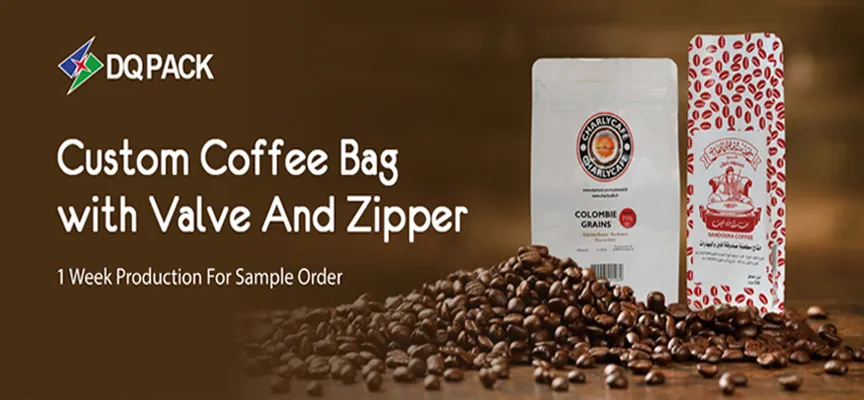
Coffee Bag Sealing Methods
Each sealing method, like a carefully considered choice, determines the fate of the coffee. They can be gentle, forceful, or subtle, yet each one represents a struggle against time.
Heat Sealing
Heat sealing, the most common method, also holds the most metaphorical significance. It heats the edges of the bag to a suitable temperature, firmly sealing all connections between the coffee and the outside world. It’s the temperature, the pressure, and the momentary decision.
How it works: A heat sealer heats the bag opening to a specific temperature, softening the materials and bonding them together to form a tight seal. Pulse sealing is suitable for single-use packaging, while constant-temperature sealing offers high efficiency for large-scale production.
Vacuum Sealing
Vacuum sealing is a form of extreme self-isolation. It extracts air from the bag, creating a near-isolated environment that slows down any harmful intrusion. It isolates the coffee from the world, much like Camus’s absurdist attempts to find meaning in absolute solitude.
How it works: Within a vacuum chamber, the air is removed, creating an oxygen-free environment. The bag is then sealed. This environment protects the coffee from oxidation over time, preserving its purest flavor.
Pressure Seal
Pressure sealing relies not on heat but on mechanical force. It compresses matter and occupies space.
How it works: By applying even pressure, the bag’s opening is tightly pressed shut, ensuring every detail is impervious. This method is suitable for heat-sensitive materials like laminate film, as it uses pressure to secure the material together without heat.
Pinch Seal
The pinch seal is the simplest method. It requires no complex equipment, relying solely on the strength of your hands. It’s like some simple choices in life—not necessarily perfect, but real enough.
How it works: The bag’s opening is folded and pressure is applied, either manually or by machine, to create a simple seal. While not as airtight as heat sealing, it’s a simple and effective method for small-batch or hand-packed coffee.
Table of Pros and Cons of Each Method
| Sealing Method | Beschreibung | Pros | Cons | Best For |
| Heat Sealing | Uses heat to seal the edges of the bag, creating a permanent bond. | – Strong, reliable seal- Quick and efficient- Widely used | – Requires proper temperature calibration- Can damage delicate materials | Large-scale production, foil and plastic bags |
| Vacuum Sealing | Removes air from the bag before sealing to preserve freshness. | – Best for preserving freshness- Ideal for long-term storage- Prevents bag bursting | – Requires additional equipment- More time-consuming | Premium coffee packaging, long shelf-life products |
| Pressure Sealing | Uses pressure to seal without heat, typically for laminated films. | – No heat damage- Can be used for specific materials like laminated films | – Less common- Not suitable for all materials | Artisanal packaging, non-heat-sensitive materials |
| Pinch Sealing | Simple method where edges are pinched and folded together to form a seal. | – Low-cost- Simple and quick- Ideal for small batches | – Not as durable or reliable as heat sealing- Limited protection | Small-scale coffee packaging, artisanal or sample packs |
The Role of the One-Way Valve in Coffee Bags
The one-way valve is like the sole conduit between coffee and the outside world, a delicate door that quietly releases carbon dioxide while keeping outside interference out. It may seem ordinary, but it performs a crucial role at the most crucial moment. A silent hero, it quietly preserves the aroma of coffee. Indeed, the smell of coffee at that moment is its masterpiece, determining whether the entire bag of coffee is presented to us in its most perfect state.
But it’s not a panacea. Without it, the coffee bag would burst due to an imbalance of internal and external pressure, and the coffee’s flavor would be swallowed by the merciless air. With it, everything feels like entering a small haven, easing the tension between inside and outside, maintaining an unspoken and delicate balance. It’s not always noticed, but its significance almost certainly determines whether a bag of coffee can transcend time and reach the hands of consumers.
Best Practices for Sealing Coffee Bags
The key to sealing isn’t the technology itself, but how you understand and approach the process. Only with true understanding and control can we maintain that precious purity.
- Set the correct heat-sealing temperature: Too high a temperature will damage the bag material; too low a temperature will result in a weak seal. Every operation is a balancing act. Testing is the beginning of every detail, and selection is the final decision.
- Keep the bag edges clean: Clean edges are the only way to prevent foreign matter from entering. As they say, details in life determine success or failure, and the success of a seal is no exception.
- Inspect the seal: Every inspection is a precaution for the future. Whether it’s a visual inspection or a seal integrity test, it reminds us that perfection is a process of constant adjustment and optimization.
Common Problems and How to Avoid Them
Dwarf mistakes in the sealing process can quietly erode even the most perfectly planned efforts.
- Weak seals: Improper temperature settings or inaccurate bag alignment can lead to seal failures. Prevention requires constant reflection and review.
- Improper Temperature: Too high or too low will affect the seal. Choosing the right temperature is like choosing every decision in life.
- Air Leakage: Once the bag leaks, the flavor is lost. Every gap betrays future quality. Check every detail to ensure it’s sealed securely.
Why Choose DQ PACK as Your Custom Coffee Bags Partner?

- Mehr als 30 Jahre Berufserfahrung: Verwendung von FDA-zertifizierten Materialien mit zuverlässiger Qualität.
- Umfassend OEM/ODM-Dienstleistungen: Unterstützung kundenspezifischer Formen, Größen und Düsendesigns zur Erfüllung individueller Anforderungen.
- Erweiterte Funktionen: Dazu gehören Düsen in pharmazeutischer Qualität, Hochbarrierefolien, die die Haltbarkeit verlängern, und umweltfreundliche, recycelbare Materialien.
- Hohe Qualitätsgarantie: Wir wählen strengstens Materialien aus, die den Lebensmittelstandards entsprechen, um sicherzustellen, dass jeder Beutel mit Fruchtpüree sicher und hygienisch ist und den internationalen Standards entspricht.
- Engagement für die Umwelt: Wir verpflichten uns, umweltfreundliche Materialien und Druckfarben auf Wasserbasis zu verwenden, die nicht nur dem Trend des grünen Umweltschutzes entsprechen, sondern auch dazu beitragen, das soziale Verantwortungsbewusstsein der Marke zu stärken.
Schlussfolgerung
You might think choosing the right sealing method is just a common step in preserving coffee freshness, but in reality, every seal holds a profound decision. It affects not only the freshness of the coffee but also the delicate struggle between time and matter. Every seal is a pursuit of perfection. In this endless pursuit, all you can do is pay attention to every detail. Only by doing so can you ensure that this bag of coffee reaches the consumer in optimal condition.

